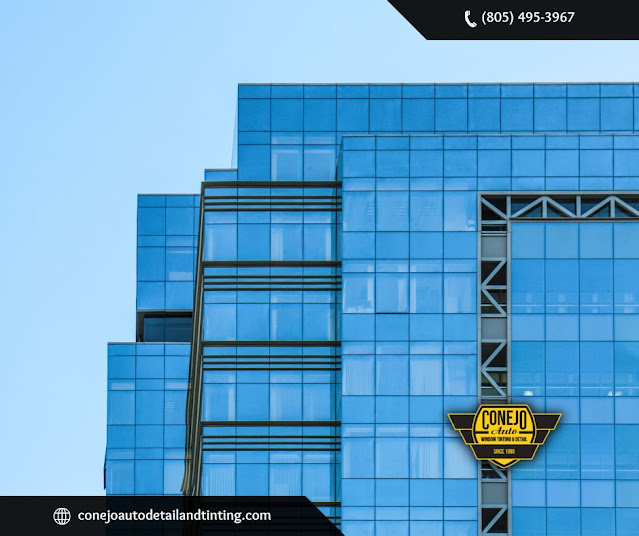A Guide to Auto Tinting: Top 5 Window Tints for Your Car
Choosing the best window tint for your vehicle is a crucial decision in auto tinting. It requires understanding the unique qualities and benefits of the top five types of tints. Dyed window tints are popular for their affordability and ability to absorb heat, offering basic privacy. Metalized tints use tiny metallic particles to reflect heat and UV rays, providing additional protection. Hybrid tints combine the advantages of both dyed and metalized films, giving a balance of performance and aesthetics. Carbon tints, made with carbon particles, are durable and visually appealing. Lastly, ceramic tints, designed with advanced nano-ceramic technology, offer superior heat rejection and UV protection without interrupting electronic signals. Each tint type has distinct benefits, making the choice based on specific preferences and needs.
Dyed Window Tints in Auto Tinting
Dyed window tints are the most basic option in auto tinting, using a layer of dye between an adhesive and a protective outer layer. This type of tint absorbs heat and reduces glare, making driving more comfortable while increasing privacy. Dyed tints are effective in blocking a substantial amount of ultraviolet (UV) radiation, which helps prevent the car’s interior from fading or deteriorating. These tints are a cost-effective solution and offer various visible light transmission (VLT) levels, allowing customization based on appearance and legal requirements. Despite being an entry-level option, dyed window tints offer good performance when installed properly and are a great starting point for automotive enthusiasts.
Metalized Window Tints in Auto Tinting
Metalized window tints take auto tinting a step further with advanced technology, incorporating metallic particles that reflect heat and UV rays more efficiently. These tints reduce the vehicle’s interior temperature, especially beneficial in hotter climates. The metallic layer strengthens the glass, making it more resistant to shattering in the event of an accident, and is also more scratch-resistant, ensuring longer-lasting clarity. However, the metal particles in these tints can interfere with electronic signals like GPS and mobile devices. Despite this, metalized tints remain a solid choice for car owners who prioritize durability and performance.
Hybrid Window Tints
Hybrid window tints blend the best qualities of dyed and metalized tints. This combination provides a sleek, non-reflective look from the dyed layer while the metalized layer enhances heat rejection and UV protection. Hybrid tints are designed to reduce signal interference, a common issue with fully metalized tints, ensuring uninterrupted use of devices like GPS and mobile phones. These tints also resist fading and delamination, offering durability over time, making them an ideal balance between performance and style.
Carbon Window Tints
For a more advanced option, carbon window tints offer excellent performance without the use of metals. These tints contain carbon particles that prevent fading and discoloration, ensuring long-term durability. Carbon tints excel in heat rejection, keeping the car’s interior cooler and reducing reliance on air conditioning. They feature a non-reflective, matte finish that adds a modern, sleek appearance to any vehicle. Additionally, carbon tints do not interfere with electronic signals, offering a seamless driving experience while providing high levels of UV protection.
Ceramic Window Tints
Ceramic window tints are among the most advanced options available in auto tinting. Using nano-ceramic technology, these tints block up to 99% of UV rays and reject up to 50% of solar energy, creating a cooler cabin environment and reducing the need for air conditioning. Unlike metalized tints, ceramic tints do not interfere with electronic devices, allowing uninterrupted use of GPS, mobile phones, and radio signals. These tints are resistant to fading, bubbling, and discoloration, offering a long-lasting solution for those seeking premium performance.
In conclusion, understanding the various types of window tints is key to making an informed decision when it comes to auto tinting. Whether it's dyed, metalized, hybrid, carbon, or ceramic, each type offers unique benefits that cater to different needs, from heat rejection and UV protection to aesthetic enhancement. Choosing the right tint will enhance both your vehicle’s comfort and style.




Comentarios
Publicar un comentario